I would like to display work done in a day as a stacked bar plot, in order to see, day by day, how much activity I've done in each category, with the Y-axis representing time from 0:00 to 23:59.
# day tstart tend duration category
1 2012-10-01 13:40 14:16 36 Recreation
2 2012-10-02 10:15 10:57 42 Work
3 2012-10-02 13:23 13:47 24 Chores
4 2012-10-02 13:47 14:48 61 Work
5 2012-10-03 09:09 11:40 151 Work
6 2012-10-03 13:33 14:04 31 Recreation
7 2012-10-03 17:00 19:40 160 Recreation
I know I will have to convert "time start" as a numeric, but I don't know how to "merge" the multiple rows for the same day, so that they're making up only one bar in the plot.
In (very primitive) ASCII art, what I'm expecting is something like:
23:00
22:00
21:00
20:00
19:00 C
18:00 C
17:00 C
16:00
15:00
14:00 W R
13:00 R C
12:00
11:00 W
10:00 W W
9:00 W
8:00
7:00
6:00
5:00
4:00
3:00
2:00
1:00
0:00
01 02 03
(where R, W and C would be bars of different colors for the different activites: Recreation, Work and Chores)
In fact, being newbie in R plots, I don't know the plot function (and the plot package) I have to look at, moreover as they're will be holes in the plot -- no activity recorded (for example) between 0:00 and 09:09, then between 11:40 and 13:33, etc. on 2012-10-03...

